CBD Secretariat
[logodrop] [/logodrop]
[/logodrop]
Ecosystems and their biodiversity underpin economic growth, sustainable development and human wellbeing. Their loss results in serious reductions in ecosystem goods and services impacting prosperity and sustainability. Earth’s ecosystems are degrading as a result of damage, unsustainable development and a failure to invest and reinvest in their productivity, health and sustainability. The well-being of the world population in decades to come will largely depend on conservation and restoration of ecosystems to maintain and enhance biodiversity and ecosystem services, thereby contributing to sustainable development while reducing environment-related risks. In adopting the Strategic Plan for Biodiversity 2011-2020 and its 20 Aichi Targets, the global community has taken up this challenge. Targets 5, 11 and 15 set quantitative global targets to reduce the loss of natural habitats, restore degraded areas and improve protected area networks.
The Panel will present views on how an integrated approach to Targets 5, 11 and 15 can be achieved, while contributing to the achievement of other Targets which meet critical socio-economic priorities. To set the scene, an overview of the potential for ecosystem restoration will be presented, together with the multiple co-benefits from restoration contributing to sustainable development. An exchange of views among participants is expected on the tools used to support ecosystem conservation and restoration in a landscape perspective including relevant spatial planning and policy tools, and means for stakeholder involvement.
Key questions the Discussion Forum will address:
- What policy instruments, measures and other tools, including stakeholder involvement, have/could prove useful to reduce habitat loss, restore degraded lands and improve socio-economic priorities.
- What measures can be used to quantify expected physical and/or economic benefits generated from restoration.
- How can relevant case studies and related lessons facilitate the identification of key factors to scale up ecosystem conservation and restoration initiatives and to ensure on-going continual learning and adaptive management.
Background reading:
- Commissioned technical report on ecosystem restoration (forthcoming)
- Global Land Degradation Assessment for Dryland Areas
- Global Assessment of Human-induced Soil Degradation
- GPFLR Restoration Opportunity Assessment
-
Braulio Ferreira de Souza
Executive Secretary of the Convention on Biological Diversity
-
Eduardo Rojas Briales
Assistant Director-General and Head of the Forestry Department, FAO
-
Sergio A. Zelaya-Bonilla
Head of Policy Advocacy on Global Issues (PAGI) unit, United Nations Convention to Combat Desertification – UNCCD
-
Lars Laestadius
Senior Associate at the World Resources Institute
-
Carlos Alberto de Mattos Scaramuzza
Director, Biodiversity Conservation Department, the Brazilian Ministry of Environment
-
Richard McNally
SNV REDD+ Global Co-ordinator
-
Patrick Wylie
Senior REDD+ Advisor and Climate Change Mitigation Policy Officer, Global Forest and Climate Change Programme, IUCN
-
Minister Kuntoro Mangkusubroto
Head of President’s Delivery Unit for Development Monitoring and Oversight (UKP4) in Indonesia; Head of the National Commission on the post-2015 Development Agenda
-
Abdulai Jalloh
Head of Natural Resources Management Programme, West and Central African Council for Agricultural Research and Development (CORAF / WECARD)
-
Satya S. Tripathi
Director, UN Office for REDD+ Coordination in Indonesia
Speakers
Moderator
-
Lars Laestadius
Senior Associate at the World Resources Institute

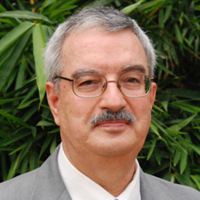 Braulio Ferreira de Souza
Braulio Ferreira de Souza
 Eduardo Rojas Briales
Eduardo Rojas Briales
 Sergio A. Zelaya-Bonilla
Sergio A. Zelaya-Bonilla
 Lars Laestadius
Lars Laestadius
 Carlos Alberto de Mattos Scaramuzza
Carlos Alberto de Mattos Scaramuzza
 Richard McNally
Richard McNally
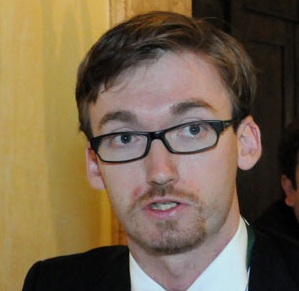 Patrick Wylie
Patrick Wylie
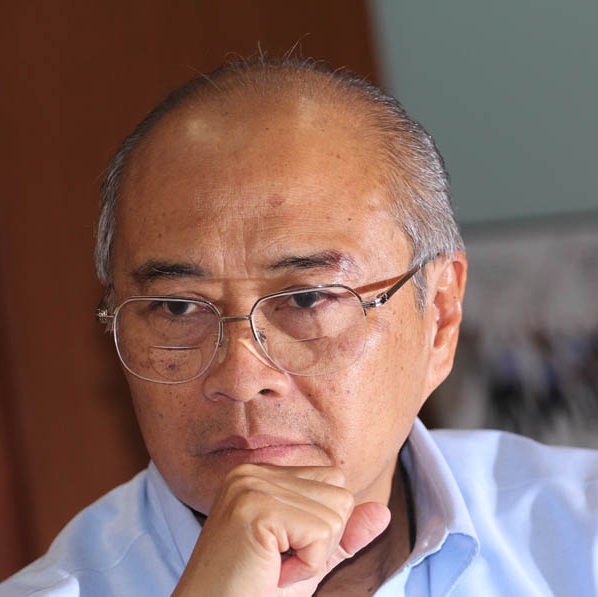 Minister Kuntoro Mangkusubroto
Minister Kuntoro Mangkusubroto
 Abdulai Jalloh
Abdulai Jalloh
 Satya S. Tripathi
Satya S. Tripathi
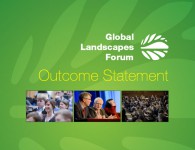

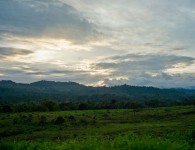


















Leave a Reply